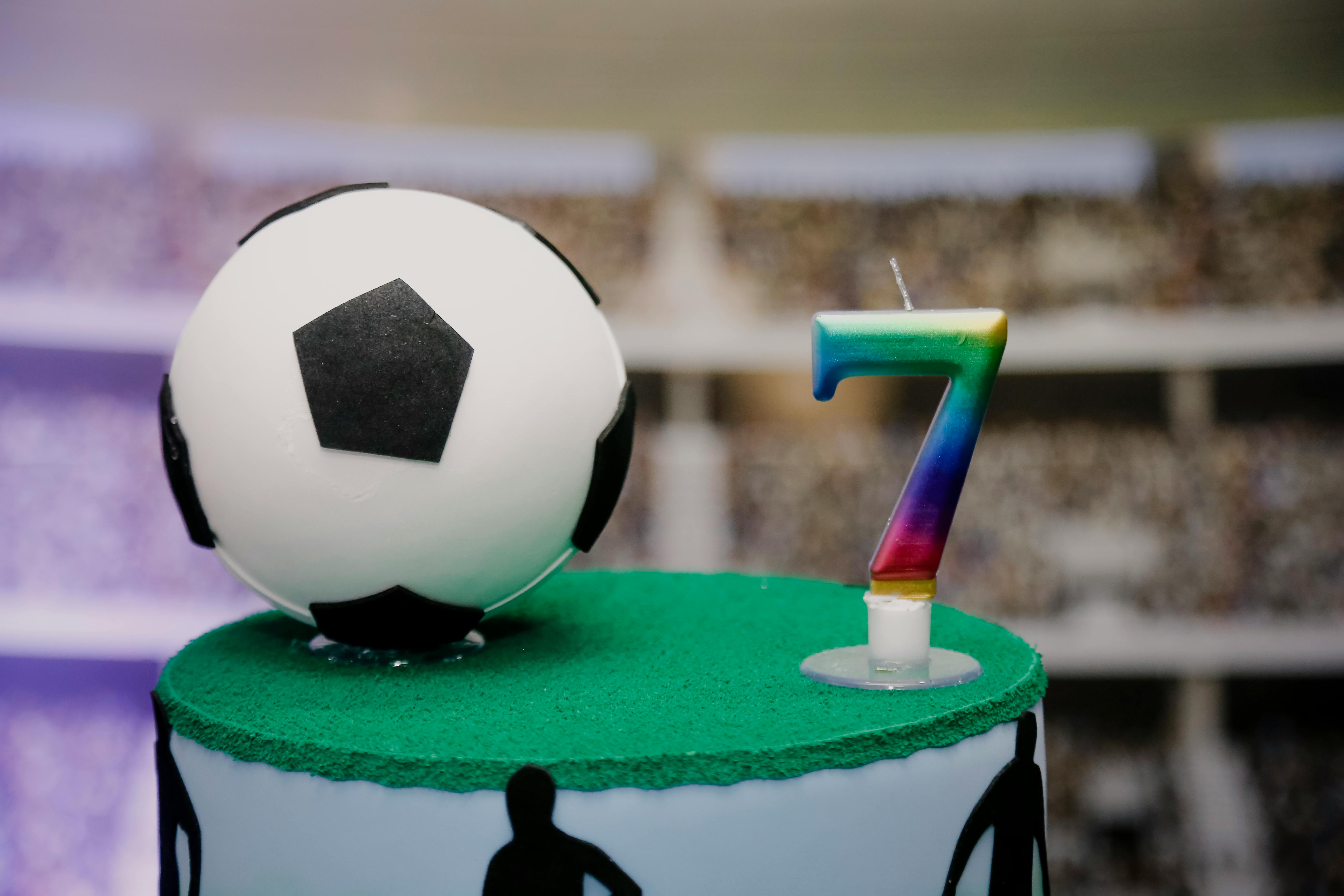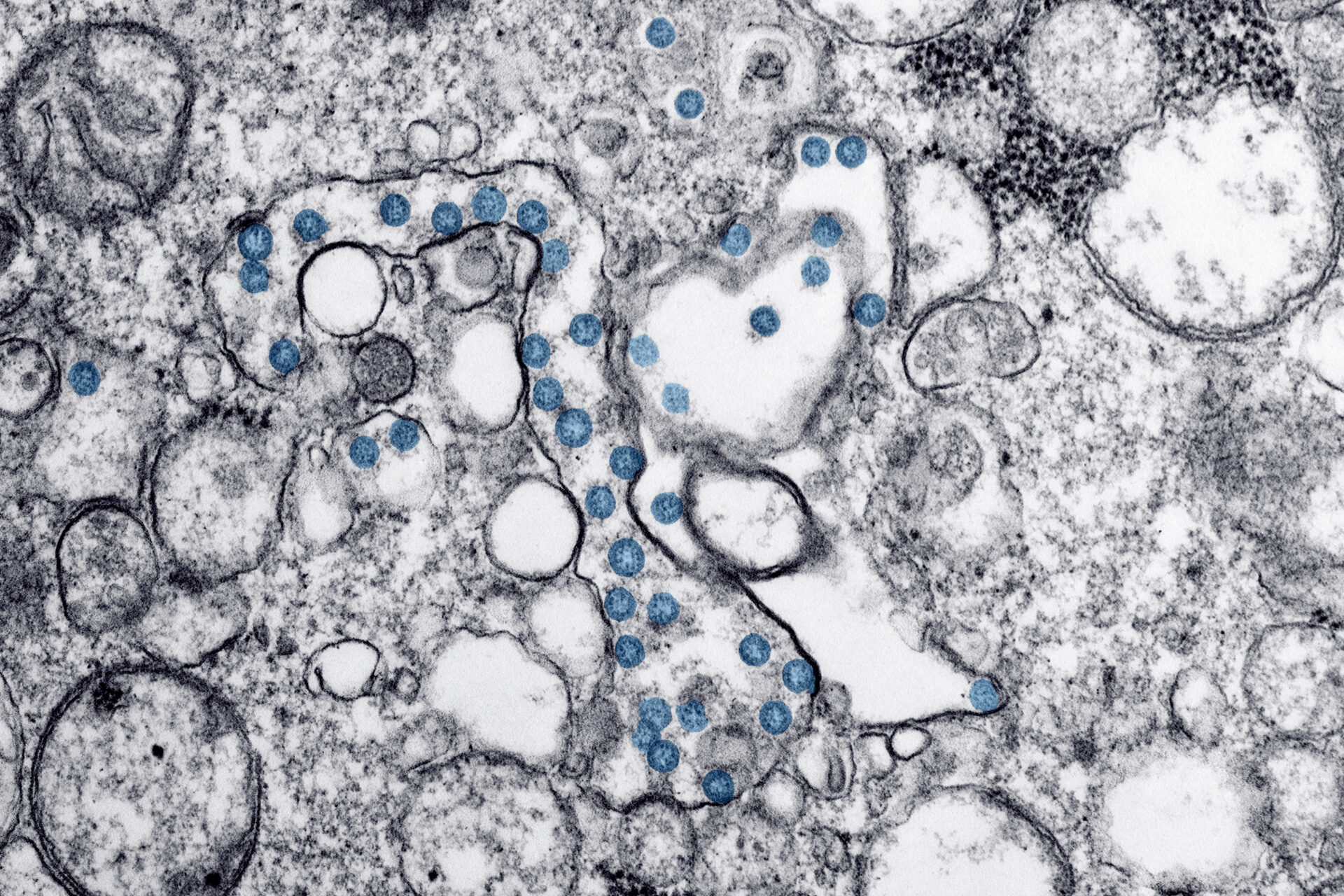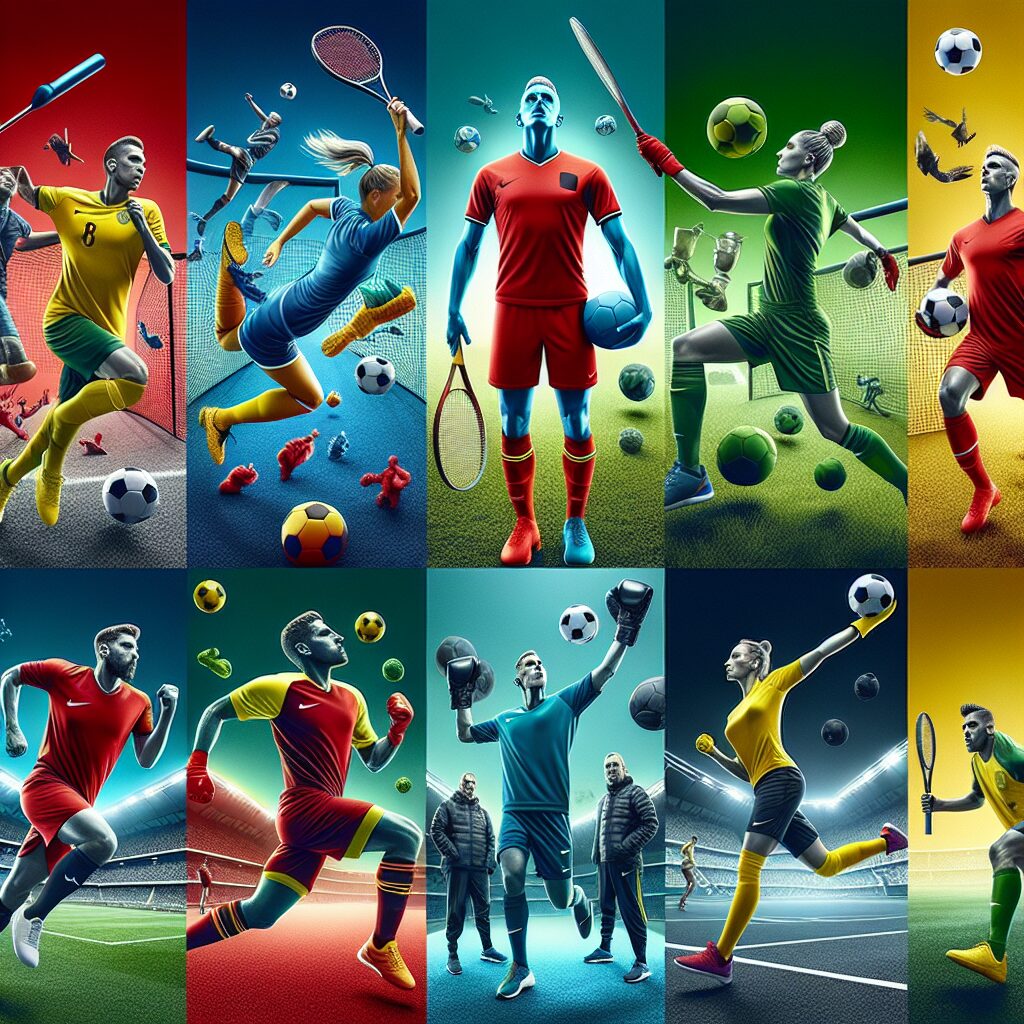Soccer balls come in many shapes and sizes, but all share a common feature: the shape of the ball. The shape of a soccer ball is designed to provide the optimal balance between speed and control when playing the game. In this article, we will explore the different shapes on a soccer ball and how they affect its performance.The typical shapes on a soccer ball are pentagons and hexagons. These shapes are arranged in a pattern that creates a spherical shape.
Exploring the Geometry of Soccer Balls
Soccer balls are one of the most iconic symbols of the game. They are a familiar sight on the field and in popular culture. But what is it about the geometry of soccer balls that makes them so recognizable? To understand the answer to this question, we need to take a closer look at the geometry and construction of soccer balls.
The shape of a soccer ball is based on a truncated icosahedron, which is a polyhedron with 20 faces made up of equilateral triangles. Each corner of the polyhedron has three faces meeting, making it an ideal shape for bouncing off surfaces such as turf or grass. The pentagons that make up the surface of the ball also help it to maintain its round shape when kicked or thrown.
The construction of a soccer ball also plays an important role in its performance and shape retention. Soccer balls typically have four layers: an inner lining made up of foam or latex, an outer casing made from either leather or synthetic material, a bladder which holds air, and several layers of stitching to hold everything together. This construction helps to give soccer balls their unique bounce and spin properties that make them so recognizable in play.
Finally, there’s also something to be said for the aesthetics of soccer balls which help to make them instantly recognizable on any field or court. The traditional black and white hexagonal pattern has become synonymous with soccer over time, although modern designs can feature more creative patterns and colors as well.
In short, there’s much more to soccer balls than meets the eye. By looking at their geometry and construction, we can gain insight into why they are such an iconic symbol for this beloved sport.
The Mathematics Behind Soccer Ball Shapes
Soccer balls come in a variety of shapes and sizes, but what do these shapes and sizes actually mean? It turns out that a lot of mathematics goes into the design of soccer balls, starting with the number of panels that make up the ball’s outer surface. The number of panels used to create a soccer ball is determined by the ratio between the circumference and diameter of a sphere. The more panels used, the more curved and rounded the soccer ball will be.
The ratio between circumference and diameter is known as Pi, which is 3.14159265359. This ratio can then be used to calculate how many panels should be included on a soccer ball in order to create a spherical shape. For example, a standard size 5 soccer ball is made up of 32 panels, which corresponds to 8 times pi (8×3.14).
Another factor that affects the shape of a soccer ball is its pressure level. The higher the pressure level, the rounder and more spherical it will become. This is because when air pressure increases inside the ball, it causes it to expand outwards and become more round in shape. The pressure levels for most professional-level soccer balls range from 7-11 psi (pounds per square inch).
When it comes to designing soccer balls for different playing surfaces, there are also certain considerations that need to be taken into account. On harder surfaces such as concrete or asphalt, for example, soft-touch panels are often used in order to provide extra cushioning and protection for players’ feet. On softer surfaces such as grass or turf, however, harder materials such as polyurethane are often used in order to give players better control over their shots and passes.
In summary, there is quite a bit of mathematics that goes into designing soccer balls – from determining panel numbers based on Pi ratios to selecting materials based on playing surface type. By understanding these concepts behind creating soccer balls with optimal shapes and sizes for different playing conditions, we can ensure that players have access to equipment that provides them with an enjoyable playing experience no matter what their skill level may be!
Identifying Hexagons, Pentagons and Circles on Soccer Balls
Soccer balls are typically made up of a combination of hexagons, pentagons and circles. Identifying these shapes is important when choosing a soccer ball as different shapes have different effects on the ball’s performance. Hexagons are typically found at the center of soccer balls, while pentagons and circles are used to make up the outer layer.
Hexagons are easy to recognize due to their six angled sides and six points. The hexagonal shape is important for providing stability and balance to a soccer ball. It also helps to ensure that the ball is able to roll in straight lines more easily.
Pentagons can be identified by their five angled sides and five points. They are used to make up the outer layer of the soccer ball as they provide durability and help reduce pressure from being applied to certain sections of the ball during kicks or throws.
Circles can be identified by their smooth curved edges and no points or angles. They are often used in tandem with pentagons on soccer balls as they provide flexibility, allowing for more control when kicking or throwing a ball.
Identifying hexagons, pentagons and circles on soccer balls is an important part of choosing the right one for your needs. Knowing which shapes make up a particular ball can help you determine its performance characteristics as well as how it will respond to certain kicks or throws.
Hexagons, Pentagons and Circles are Important on a Soccer Ball
Hexagons, pentagons and circles are important shapes found on a soccer ball. The hexagonal and pentagonal shapes on the soccer ball are used to create the geometric pattern that gives it its distinct look. The circles, which are typically found near the center of the ball, add stability to the design and help keep the ball from rolling too far off course. The combination of these three shapes helps create an aerodynamic design that allows for better control of the ball while in flight. In addition to providing better control, these shapes also help reduce drag on the ball when it is kicked or thrown. This makes it easier for players to accurately place their shots or passes without having to worry about excessive drag slowing them down.
The shape of a soccer ball also affects its weight and balance. Since a soccer ball is not perfectly round, different parts of the ball will have varying levels of pressure when it comes into contact with another player or an object. By using hexagons, pentagons and circles on a soccer ball, manufacturers can create an even balance across the entire surface area of the ball which helps it move more smoothly when kicked or thrown. This balance makes it easier for players to control their shots or passes with accuracy no matter where they come into contact with the soccer ball.
Overall, hexagons, pentagons and circles are important factors that help make up a successful soccer ball design. With their combination of shapes and sizes they provide better stability, aerodynamics, weight distribution and control over a soccer balls movements while in play.

Exploring the Symmetry of a Soccer Ball
A soccer ball is a three-dimensional object composed of many hexagons and pentagons. It’s not just a round object, but rather one that has been carefully designed to be as symmetrical as possible. The shape and size of the ball are determined by the number of hexagons and pentagons, which are arranged in such a way that creates the iconic soccer ball shape. This symmetry makes it easier for players to control the ball when they’re playing.
The number of hexagons and pentagons used in creating a soccer ball is determined by its size. A regulation size 5 soccer ball typically has 32 panels, 20 hexagons, and 12 pentagons. When these panels are pieced together properly, they form a perfect sphere with an almost perfect symmetry.
The arrangement of these panels on the surface of the soccer ball is also important in achieving symmetry. Each panel must be placed at the same angle relative to the other panels so that their edges all line up perfectly when sewn together. This ensures that when we look at the soccer ball from any angle, we can see symmetrical lines running across its surface.
The type of stitching used to connect the panels plays an important role in achieving this symmetry as well. The pattern used for stitching must be uniform so that all panels fit together perfectly and evenly distribute pressure across the surface of the soccer ball when it’s kicked or thrown by players during playtime.
By looking closely at its design and construction, it’s easy to see why symmetry plays such an important role in creating a successful soccer ball design. Its symmetrical shape allows players to accurately control its movement while its uniform stitching ensures that it will remain intact even after being kicked or thrown many times during playtime. As long as each panel is placed at an equal angle relative to each other and uniform stitching is achieved, then a perfectly symmetrical soccer ball can be created every time!
What’s Behind the Faceted Design of a Soccer Ball?
The hexagon and pentagon design adopted for soccer balls is based on the ancient art of tessellation. This refers to the practice of creating patterns out of repeating shapes, which has been used for centuries in art and architecture. The faceted design creates a balance between having enough surface area to allow for a good grip, while not affecting the aerodynamics of the ball when kicked.
The raised edges on each panel also provide more control than a smooth surface would. This allows players to adjust their kick direction by slightly angling their foot against the panels to change the direction of flight. The panels also provide an additional cushion when coming into contact with other players or objects, reducing the risk of injury or damage.
The number and shape of panels on soccer balls can vary depending on the level of play and manufacturer, but it is usually made up of 12 identical pentagons and 20 identical hexagons. This combination helps make sure that no matter which way you look at it, each ball looks perfectly symmetrical.
The faceted panel design has been part of soccer ball manufacturing for decades, but in recent years there have been some new innovations in this area. Companies are now using 3D printing technology to create soccer balls with unique designs that are more aerodynamic than ever before. These advances have helped make soccer balls even more popular with professional players and recreational athletes alike.
In conclusion, the faceted design adopted for soccer balls is based on ancient art principles and provides many benefits such as increased grip control and cushioning against impact. It has become an integral part of modern soccer ball manufacturing and continues to be improved upon through advances in technology like 3D printing.
The Role of Modern Technology in Perfecting Soccer Ball Shapes
Modern technology has had a tremendous impact on the perfection of soccer ball shapes. In the past, soccer balls were made using traditional materials such as leather, cotton, and rubber. These materials were not ideal for creating a perfectly round and uniform shape due to their inconsistencies in texture and elasticity. As a result, soccer balls were often not perfectly round or uniform in shape.
However, thanks to modern technology advancements, this is no longer an issue. With the use of advanced materials such as synthetic rubber and thermoplastic polyurethane (TPU), soccer balls can now be made with a perfect round shape that is uniform throughout its surface area. The combination of these materials also makes the soccer ball more durable, allowing it to maintain its shape even after being kicked multiple times.
In addition to using advanced materials for constructing soccer balls, modern technology has allowed manufacturers to create custom designs that enhance performance characteristics such as accuracy, spin rate, and distance travelled when kicked. This includes adding grooves or dimples on the ball’s surface that help create greater control over its trajectory when kicked. Furthermore, modern manufacturing processes allow manufacturers to make adjustments to the internal pressure of the soccer ball which enables it to travel further distances when kicked with greater power.
Overall, modern technology has played an indispensable role in perfecting soccer ball shapes and enhancing performance characteristics related to kicking accuracy and distance travelled. By using advanced materials such as TPU and synthetic rubber along with custom designs for improved control and trajectory of the ball when kicked; manufacturers are now able to create perfectly round and uniform soccer balls that provide optimal performance on the field.

Conclusion
The shape of a soccer ball is an important part of the game. The pentagons and hexagons are essential for the structure of the ball and helps make it easier to kick and control. The pattern of shapes also adds to the aesthetics of the game, making it more visually appealing. The traditional 32-panel soccer ball design is now used all over the world, however, different variations are still made today for specific purposes. Soccer balls have come a long way since their invention in 1855, and will continue to evolve as technology advances.
No matter what type of soccer ball you choose, understanding the shapes on a soccer ball will help you make an informed decision when selecting one for yourself or your team. There are many factors to consider when choosing a soccer ball including size, material, shape, and brand. But understanding why different panels and patterns were chosen in the first place can help you make sure you’re getting a quality product that will last for many games to come.




